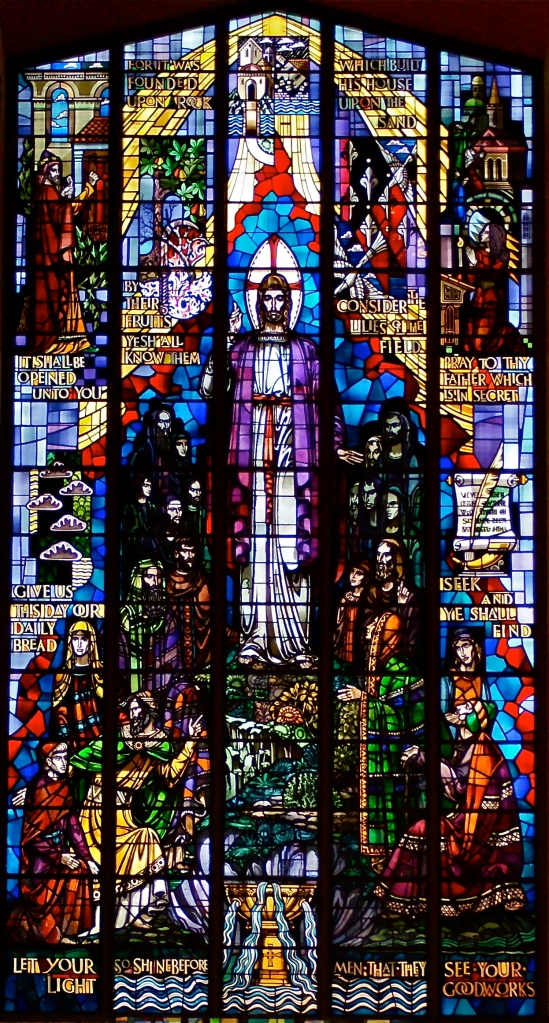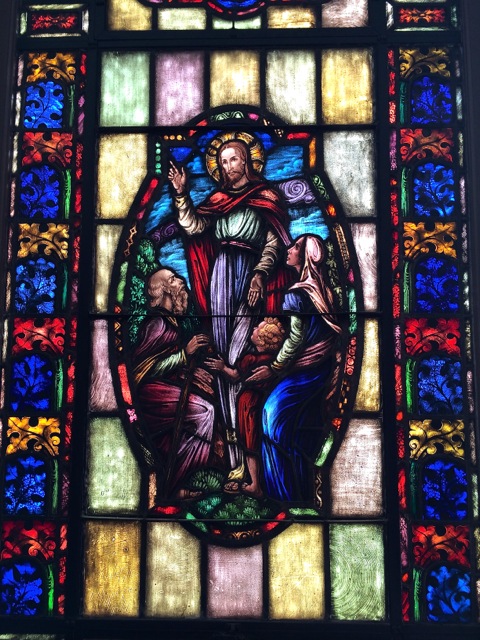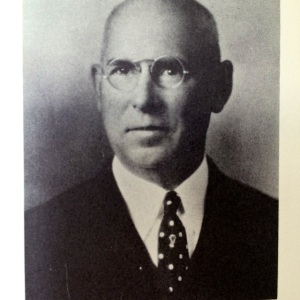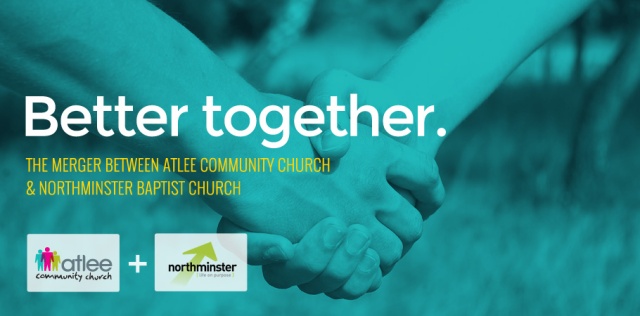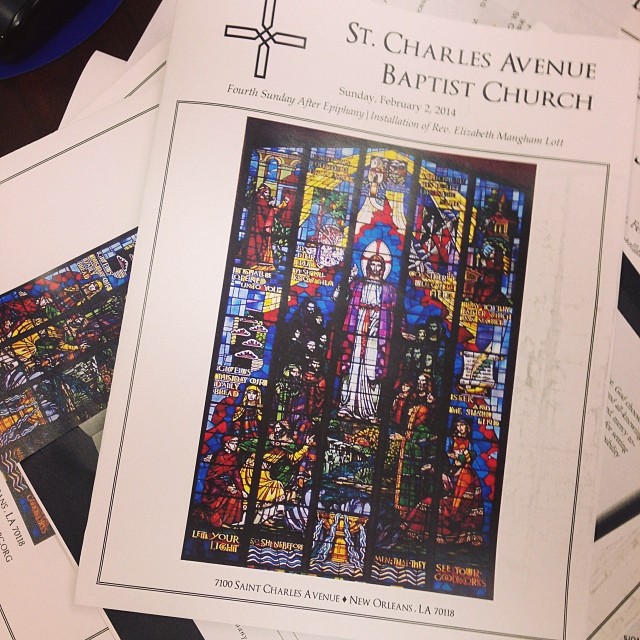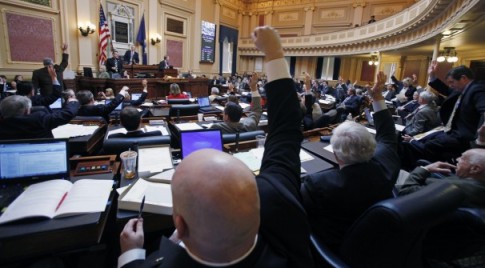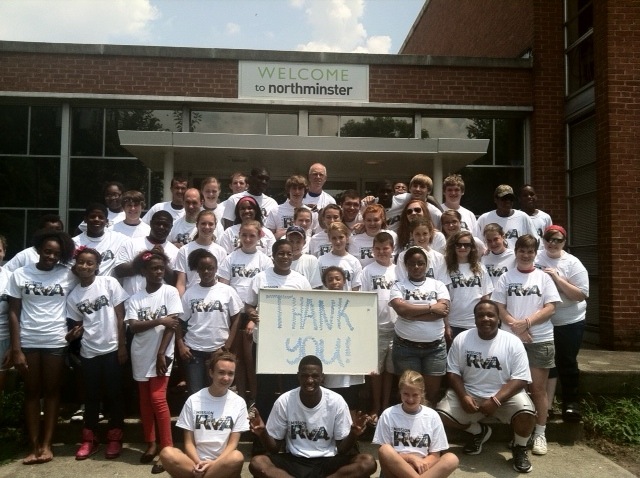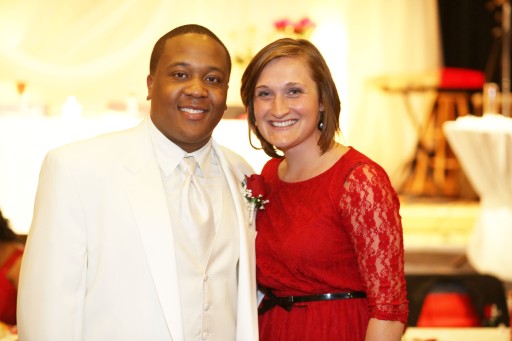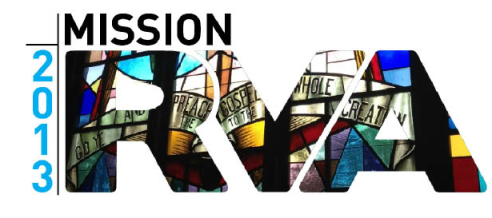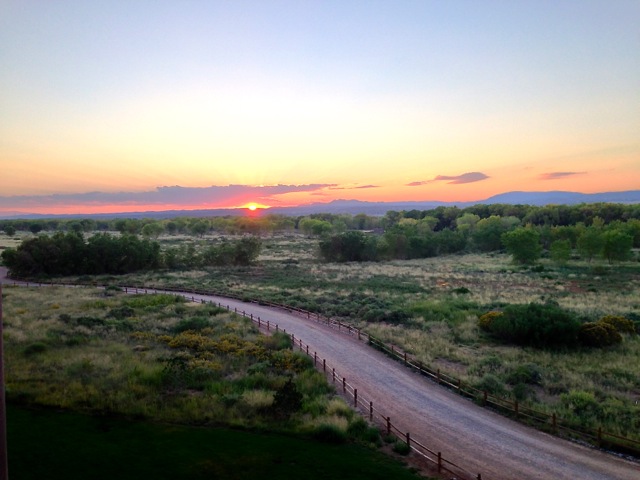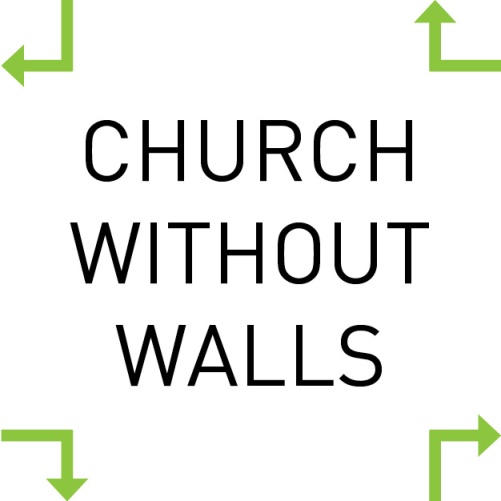On Palm Sunday the Northminster congregation voted to join forces with Atlee Community Church. You can read the official announcement here and find current info on the new Facebook page here. On Sunday, April 27th we celebrated our last worship service as Northminster Baptist Church and we are now Atlee Community Church-Northminster Campus. I’ve posted the message I offered at the Celebration Service below (if you’d rather listen, you can hear it here.)
Let me begin with an often-quoted verse of scripture:
“Behold, I am doing a new thing; now it springs forth, do you not perceive it?” Isaiah 43:19 (RSV)
The Creator of heaven and earth is inquiring, and as you scratch your head wondering if this is a trick question, I’ll clue you in. Whenever God points at some brand new thing the Creator is doing in the world and asks, “Do you not perceive it?” our honest answer is always: “No, Lord, I can’t. We can’t. New thing? Where?”
It is the human condition not to be able to perceive the amazing new thing God is about to do.
• When Joseph was hauled off into slavery, he could not fathom that God was in the process of doing an amazing new thing through him.
• When Moses stood before Israel’s elders with the news, “I have spoken with Yahweh and we are about to be set free,” they couldn’t imagine it.
• When Mary said to the angel Gabriel, “Let it be to me as you have said,” she could not perceive the height, breadth, length and depth of the marvelous new things God was about to do because she said Yes.”
See how it works? God begins doing a new thing, asks if we can perceive it, and the answer is always, “No.”
This morning we stand in a long line of faithful people who have looked at the blank page of the future and wondered, “God, are you really at work in this?”
I want to be clear about the shape of this new thing God is doing with Northminster.
Lynda and I go to the beach every summer, and I’ve started gathering my reading material. There is Ann Patchet’s new book The Story of a Happy Marriage and an old one by her called Truth and Beauty. I have Pat Conroy’s memoir, The Death of Santini, Sue Monk Kidd’s novel The Invention of Wings, and I just ordered Amazon’s best selling Capital in the 21st Century.
Two novels, a memoir, a book of essays and an economics textbook. Different literary genres, but all of these books have one thing in common—each one is written in chapters.
All great writers use chapters to build on what has happened and launch you into what will happen. You don’t finish chapter 7 of a 30 chapter novel and say to yourself, “There is no way the author can top that. I’m done with this book.” No, when chapter 7 ends, you turn the page to chapter 8 and continue reading.
Here is Northminster’s history book. 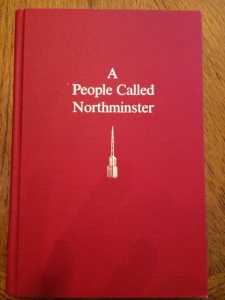 And guess what? It is written in chapters.
And guess what? It is written in chapters.
Chapter 1 tells the story of the church’s founding in 1891. It was named after Richmond’s first suburb, Barton Heights.
Chapter 2 documents explosive growth and the construction of a magnificent facility. Chapter 5 explains the details of the move to this current location. Chapter 6 deals with the challenges the congregation faced during the 1960s and 1970s.
I pointed out last month that while A People Called Northminster covers the period 1891-1975, we have been adding chapters year after year, as God has pushed us into the future, always breaking new ground. When we partnered with Metropolitan African American Baptist Church to build our first Habitat house, that was chapter. When we adopted the Romanov family—Christian refugees from Russia—we wrote a chapter. When we expanded the food pantry and watched it spawn a cluster of community missions, that was at least one chapter. Northminster’s history has unfolded in chapters.
Today, one Northminster chapter ends and another chapter begins.
Today is definitely an ending, and like all significant endings, this one stirs up sadness. For many of us today feels more like a visit to a funeral home than a baby shower.
But Northminster’s history has been filled with endings that were days of significant change.
When they moved from one location to the next to the next, it felt like today.
When long-term pastors resigned or retired, it felt like today.
When the congregation relocated to this campus in 1956, it felt like today. (They worshipped at the Hanes Avenue location for 28 years; then on April 29, 1956, they worshipped there for the final time; on the first Sunday in May 1956 they worshipped in this room for the first time. Congregational history is repeating itself this week and next.)
Talk about endings and new beginnings: Moving to this campus in 1956 forced significant changes, and they were not all well received: they changed the name of the church from Barton Heights to Northminster. They left a beautiful sanctuary to worship in a gym. They went from one Sunday morning worship service to two because the new gym was smaller than the sanctuary they left behind. The Barton Heights Banner—the weekly newsletter—became The Northminster News. Change comes hard in Richmond—when I came on the scene 30 years later, members were still calling the newsletter The Banner.
I believe it is good for us to remember today that we are not the first people to walk from one chapter of this church’s life to the next.
And while we’re at it, we should recall that people who have gone before us have demonstrated how to move from one chapter to the next.
You are familiar with this window:
The Sermon on the Mount Memorial Window is the focal point of Northminster’s sanctuary. Some of you have spent countless hours staring at this window while you waited for sermons to end.
It has a name: “The George T. Waite Memorial Window.”
Dr. Waite was called as pastor in 1917 during a time when the church had stagnated. He was a dynamic pastor/preacher/administrator. During his 11 year tenure Dr. Waite oversaw the reorganization of the church’s governing structure, he led a dynamic outreach campaign and oversaw the construction of the Hanes Avenue location. When he began his ministry membership was 382; when he resigned to become executive director of the Virginia Baptist Mission Board membership was 1246.
And a number of those members felt the church’s best days were behind it. “We will never find another leader like Dr. Waite,” they said in their deep sadness. The church was 37 years old. It is now 123.
Dr. Waite died eight years later at 52, and to honor his memory the congregation commissioned this stained glass window. He represented an era of the church’s history that they did not want to forget.
20 years later, when they sold their facilities to the First African Baptist congregation, the contract stipulated that the Waite window would not remain with the building—the church took it with them to this campus and for 8 years it sat in storage until a place for it was constructed in the Grand Corridor which leads to the Sanctuary.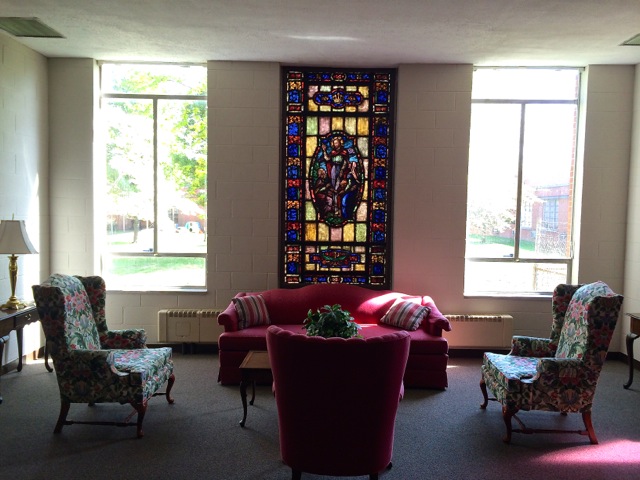
The Northminster/Barton Heights congregation has always moved into the future by honoring the past. This is happening with today’s new chapter. We are changing our name—not the first time that’s been done—to Atlee Community Church-Northminster Campus. The new name honors our history and heritage , even as structures and staff change. We take with us into the future Northminster’s DNA: a strong commitment to missions, a passion to be Jesus’ hands and feet in this neighborhood, a deep capacity to care for one another.
God is indeed doing a new thing today.
And as we move into the bright future, I would like for you to remember the promises with which Isaiah 43 begins:
“When you pass through the waters I will be with you; and through the rivers, they shall not overwhelm you; when you walk through fire you shall not be burned, and the flame shall not consume you. For I am the LORD your God, the Holy One of Israel, your Savior… You are precious in my eyes… Fear not, for I am with you….” Isaiah 43:2-5 (RSV)

